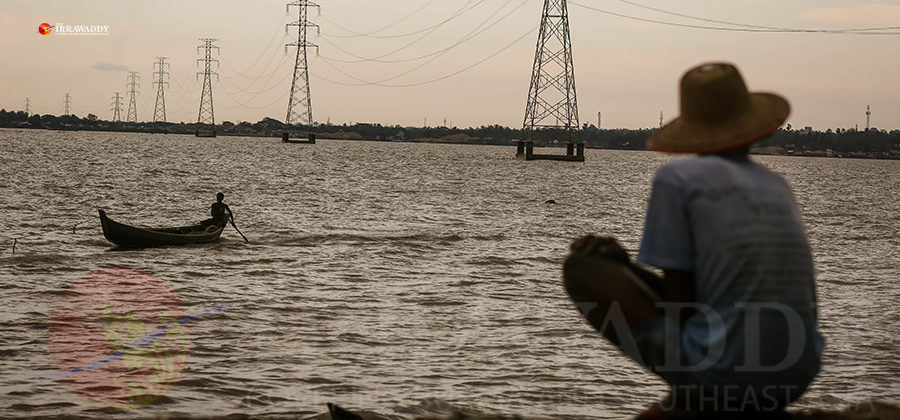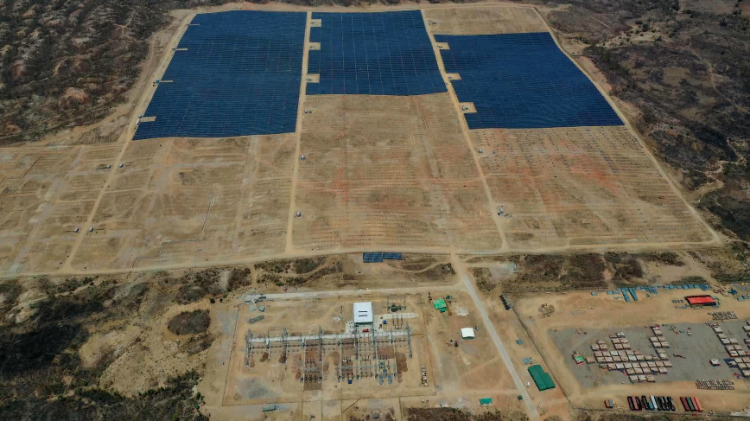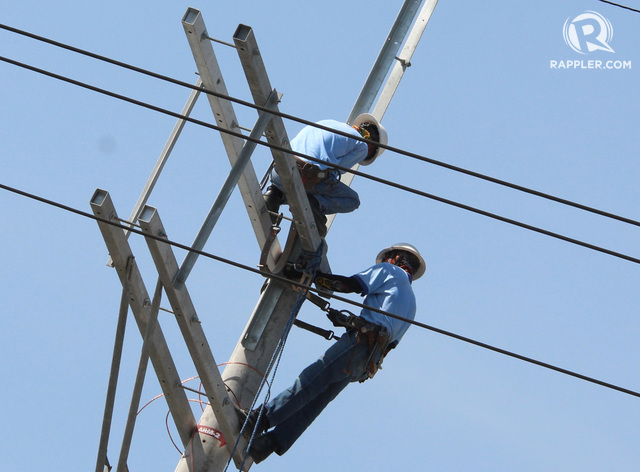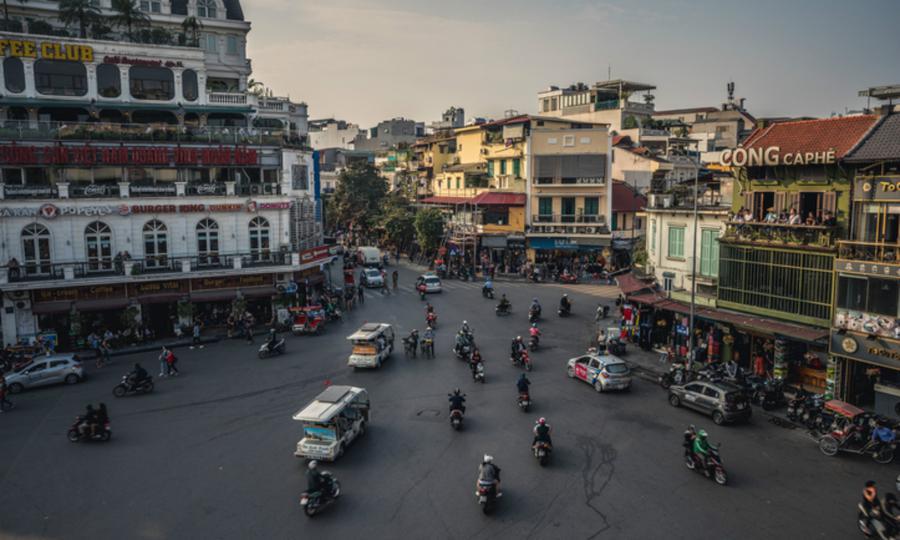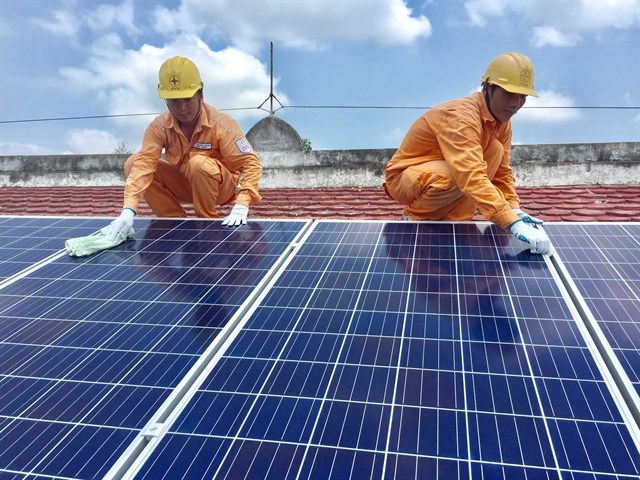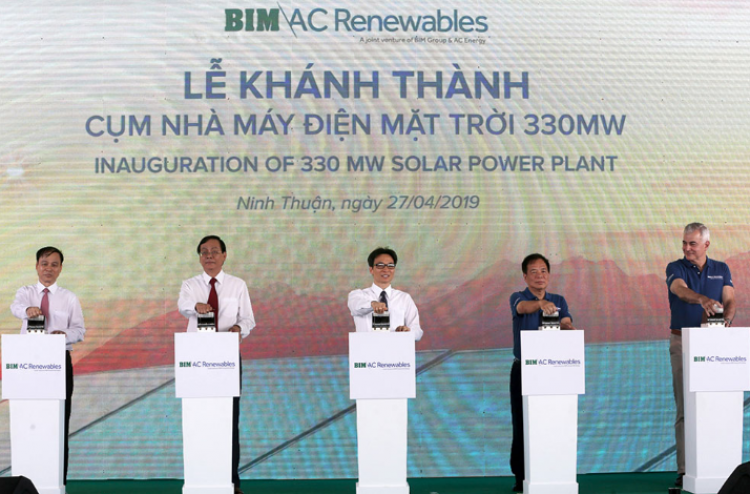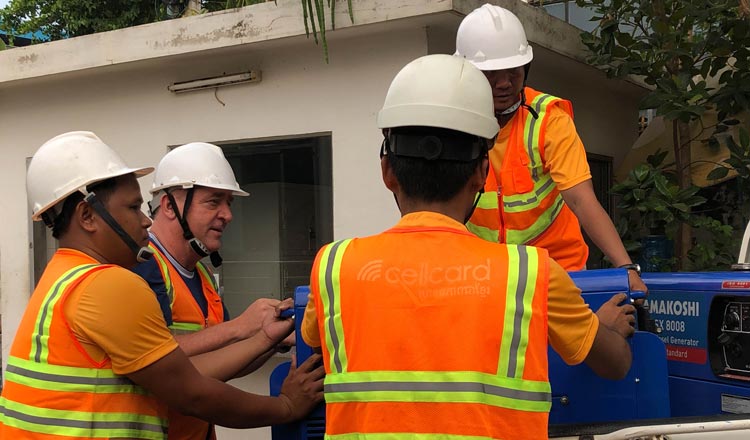Contracts will be signed in other districts in future, the company, a subsidiary of the HCM City Power Corporation (EVNHCMC), has said.
Under a 2017 Prime Ministerial Decision on incentives for solar power projects, EVNHCMC has provided assistance and encouragement to people for installing solar panels.
Lingering problems related to buying and selling solar power as well as tariffs seem to be solved thanks to a new circular to be issued next month by the Ministry of Trade and Industry, according to EVNHCMC.
It will buy electricity from households at 2,134 VND (0.09 USD) per kilowatt hour.
The price will be fixed every year.
The payments will start in May and be done via their bank accounts.
As of now, 1,432 households with rooftop solar panels with a combined capacity of 17.46MWp have connected to the city grid.
At 2,134 VND/kWh, EVNHCMC will have to pay more than 8.5 billion VND (369,565 USD) a month.
It seeks to increase the capacity to 50MWp to 80MWp this year, Nguyen Ngoc Tuong Vi, acting head of its trade board, said.
More than 18,000 potential customers are likely to install solar panels.
Besides, according to the World Bank, there is potential to install 150-200MW of solar systems along the city’s highways.
EVNHCMC has promised to assist everyone who wants to install solar panels by simplifying administrative procedures to connect to the grid and making payments in time for the power it buys.
It has called on banks, manufacturers and international and domestic organisations to encourage more people to install solar panels.
Dang Ngoc Quoc Bao of EVNHCMC told Tuoi Tre (Youth) newspaper that before installing solar panels, people should contact the local office of the power utility for assistance.
There is a fear that too many households in an area could install them while the cable network and transformer stations there are unable to handle them, leading to overloading, he said.
Nguyen Thanh Vinh who installed solar panels on his roof said he is happy to be paid for power and the tariff is clear. His company also uses solar power, he said.
In the Central Highlands and central regions, 330 families have installed solar panels with a total capacity of more than 2.1 MWp and connected to the grid, according to Vietnam Electricity’s Central Power Corporation.-VNS/VNA.


